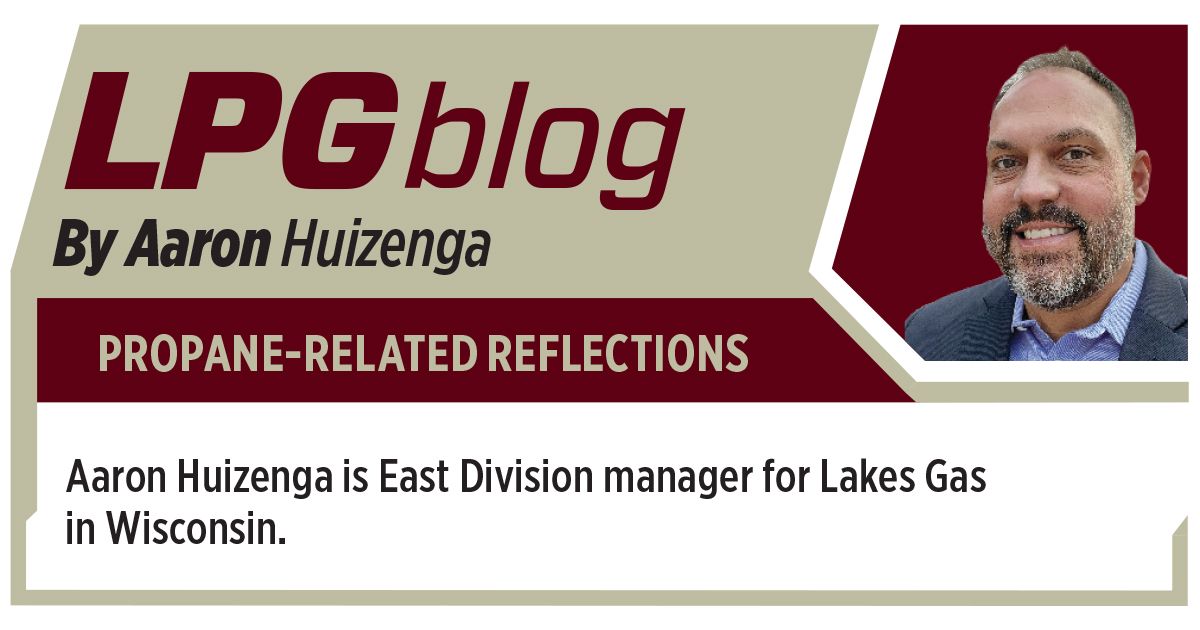What you don’t know about your customer service is hurting you

“What you don’t know can’t hurt you.”
This proverb dates back to the early 18th century. It probably was wrong from the moment it was first uttered, and it’s certainly wrong today.
Why is it wrong? Consider these statistics from LLCBuddy:
- 91 percent of consumers report poor customer service.
- 80 percent of consumers would speak to a machine to avoid long wait times.
- 86 percent of consumers have switched to a competitor after a single bad experience.
- 93 percent of consumers are more likely to make repeat purchases at companies with excellent customer service.
- 86 percent of customers are willing to pay more for a great experience.
Now it’s time to connect the dots. If you aren’t listening to every customer call, reading every email, monitoring every chat, keeping an eye on every social media post and answering every text message, how do you know whether you’re consistently providing great customer service?
“We don’t have a lot of escalations or complaints,” answer many of you. It’s the same answer I might have given once upon a time (yes, I’m using intentional fairy tale language). The problem with this approach is hidden churn. An estimated 25 percent to 50 percent of dissatisfied customers do not escalate their issue even if they experience poor service that should be resolved with a supervisor. Some researchers put that number higher. According to one study from ThinkJar Research, only one in 26 customers actually complain when unhappy; the rest silently leave.
We think that’s a staggering number, yet most business quality assurance efforts are limited or nonexistent. In most traditional customer service and call center environments, 1 percent to 3 percent of total calls are evaluated. A 2018 call center industry survey found that high compliance industries (think insurance or health care) evaluate 5 to 10 percent of calls. Quality assurance also varies dramatically by business size. Only about half of businesses with 50 or fewer employees perform any quality assurance, and that number drops to 30 percent or 40 percent for businesses with fewer than 20 employees.
We aren’t sure what academics and businesses think about these numbers, but we know what we characterize it as: opportunity.
We recently added a quality assurance feature to our customer communication software that monitors and scores all customer interactions. Our tool automatically scores every communication based on:
- Greeting. Our test is binary, but defined. Did our agent identify themselves? If the call was outbound, did the agent indicate that they were calling on a recorded line?
- Empathy. This binary is one of our biggest opportunities for improvement.
- Spelling and grammar. We plan to require our agents to review the grammar mistakes in their communications. Hovering over the highlight displays specific information about the error, which creates an opportunity for self-improvement.
- Closing. We are surprised by the number of calls in which a conversation is not properly closed.
- Solution offered. We discovered that we tend to offer solutions but often fail to mention all the solutions that are available to a particular customer problem. This discovery was a great training opportunity for us.
- Tone. Our tool recognizes 27 different tones and calculates a score based on their positive or negative weights. Our initial focus on tone is making sure our agents maintain an appropriate tone regardless of the circumstances.
- Readability. We have discovered that our text messages and emails would benefit from less complex words and shorter sentences. (Readers of this column may be nodding their heads in agreement on this one!)
- Comprehension. This binary test determines whether the agent understood the customer’s question or issue. Our initial take is that it’s actually scoring whether our agent understands our business, propane installations and delivery. We plan to have our agents focus their training on our customer offerings and installations because they may have the largest impact on our first communication resolution rate.
We are excited to improve the quality of our service, and our artificial intelligence-supported quality assurance tool is an important part of our effort.
Christopher Caywood is a co-owner of Caywood Propane Gas Inc. Contact him at chris@caywoodpropane.com.
Featured homepage image: B4LLS/iStock/Getty Images Plus/Getty Images
Related Articles
Your website should be your customer contact portal
















